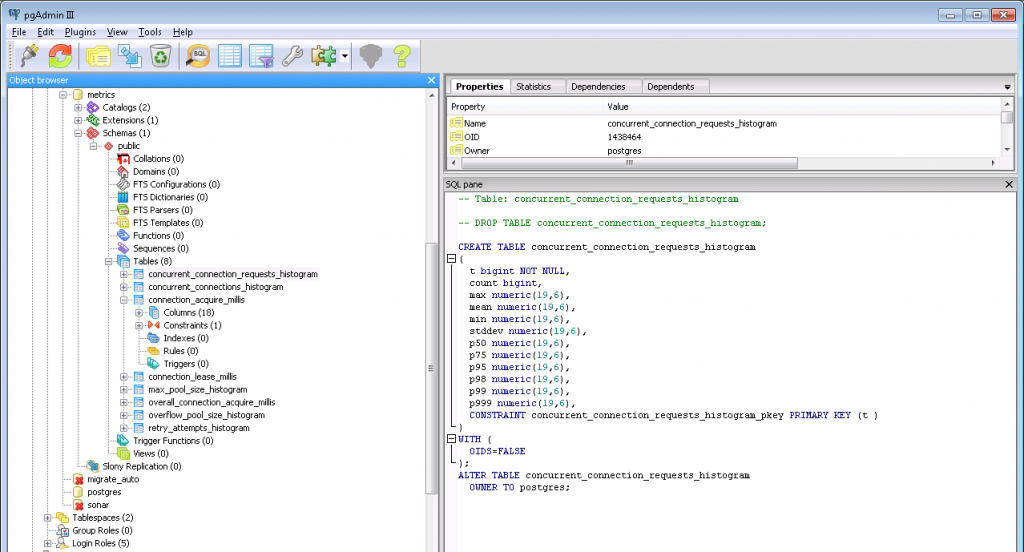

First, binary strings specifically allow storing octets of value zero and other “non-printable” octets (usually, octets outside the decimal range 32 to 126).Ĭharacter strings cancel zero octets, and also cancel any other octet values and sequences of octet values that are invalid as specified by the database’s selected character set encoding. Binary strings are differentiated from character strings in two ways. Postgresql length of bytea fields binary string is a sequence of octets (or bytes). Read: PostgreSQL Subquery Postgresql length of bytea field In the below output, 682 is the decimal scale and 45678682 is precision which is the total number of digits. select precision(45678.682) as decimal_places Let’s understand this with the help of an example. In PostgreSQL, we should not use the NUMERIC type in the precision scale since calculations on NUMERIC values are generally slower than integers, floats, and double precisions. The NUMERIC and DECIMAL types are equal and both of them are also a part of the SQL standard. If we discard precision as well as the scale, we can store any precision and scale up to the limit of the precision and scale mentioned above. The below shows the syntax of NUMERIC type with a scale of zero. The scale of the NUMERIC data type is zero or positive. The NUMERIC data type generally holds a value from 131,072 digits before the decimal point to 16,383 digits after the decimal point. Like the number 45678.682 has a precision of 8 and a scale of 3. In the above syntax, the precision is the entire number of digits and the scale is the number of digits in the fraction part. Hence the first number (precision) in the type definition is the total number of digits. The precision of a numeric is the entire count of important digits in the whole number which is the number of digits to one as well as the other sides of the decimal point. The scale of a numeric is the exact count of decimal digits in the fractional section, to the right of the decimal point in Postgresql. Read: Postgresql Add Foreign Key Postgresql length precision scale select count(*), count(available) from item_availability In the below query, available is the column name with boolean values and item_availability is the table name. select count(*), count(column name with boolean values) from table_name Suppose we have a table item_availability with its value in boolean in values. Let’s understand this concept with the help of an example. We have to note that the leading or trailing whitespace does not matter and all the constant values except for true and false must be enclosed in single quotes. PostgreSQL uses one byte to store a boolean value in the database. The boolean storage size is 1 byte only.Īlthough PostgreSQL is quite flexible when dealing with TRUE and FALSE values. PostgreSQL gives the standard SQL type boolean The boolean type can have various states true, false, and a third state which is unknown and is represented as a null value. Read: Postgresql Joins Postgresql length of boolean We have taken a table from our database and we will find the length of the constraints in the name column. This applies although the value came from the default value explanation. If a user attempts to store data in a column that would disrupt a constraint, an error occurs. Constraints give us as much control over the data in our tables as we want. We can describe constraints on columns as well as tables in Postgresql. Like if in a table containing student information, there should be only one row for each student id. But there is no basic data type that will accept only positive numbers.Īnother issue can be supposed if we want to constrain column data concerning other columns or rows. Like a column containing a student, the fees column should perhaps only accept positive values. The constraint they give is too rough in several applications. In Postgresql, data types are methods to limit the kind of data that is stored in a table. Read: PostgreSQL group by Postgresql length constraint


 0 kommentar(er)
0 kommentar(er)
